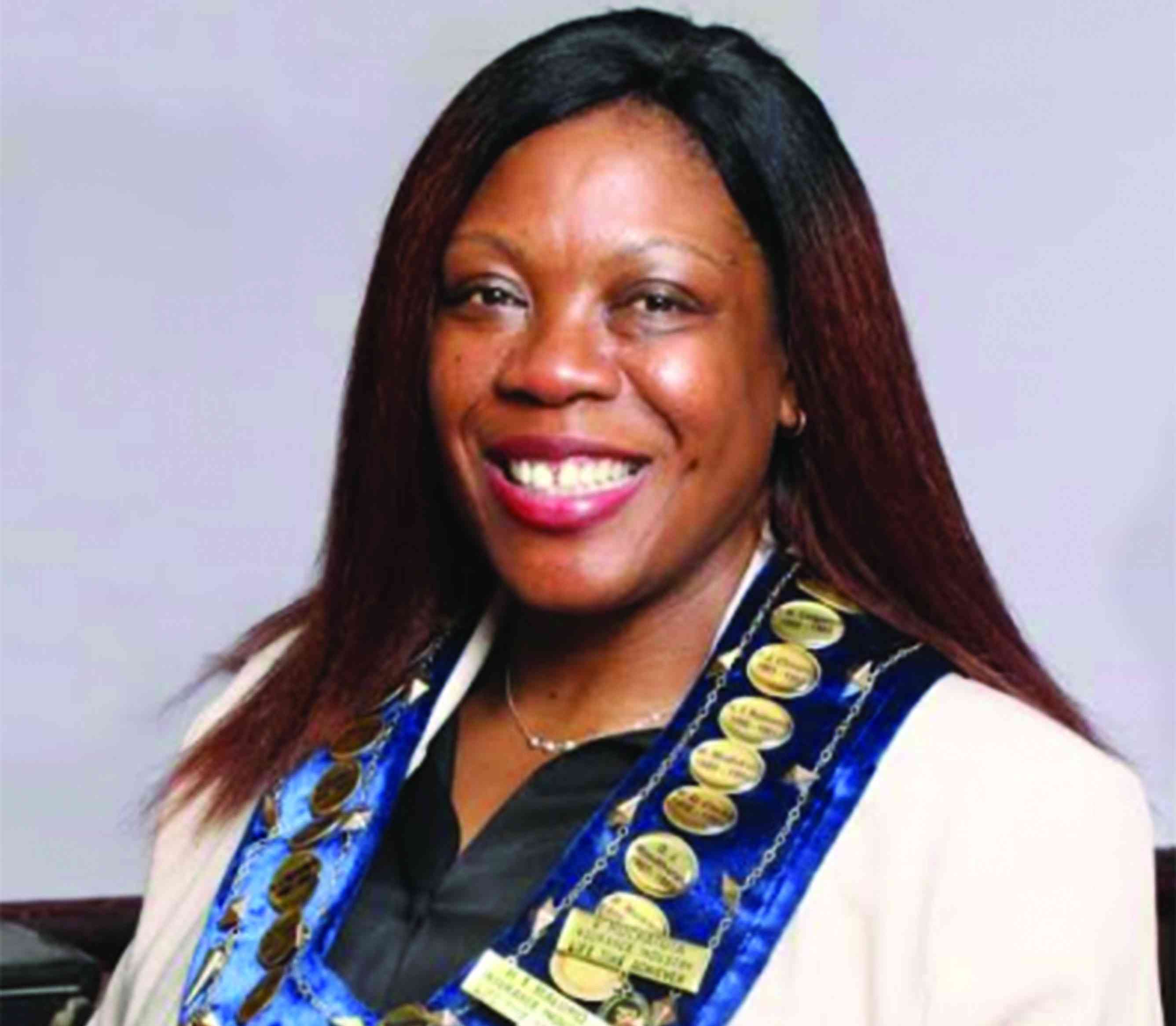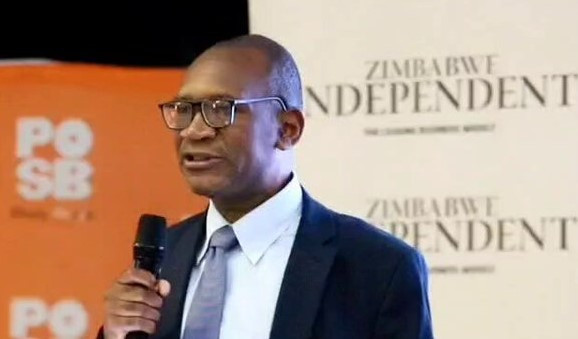
Populist parties are already in power in some developed countries and waiting just outside the door in many more. The key trick of populist politicians is to tell the voters what they want to hear, and the voters definitely do not want their lives to be disrupted by global heating, so they are told it is not happening. It’s “the world’s biggest con”, in United States President Donald Trump’s words.
These lies have consequences. On the eve of COP 30, the annual climate summit that opened in Brazil on Monday, only one third of the countries that signed the UN Framework Convention on Climate Change (64 out of 198) had submitted their plans for reducing their greenhouse gas emissions.
Every member is supposed to improve their “Nationally Determined Contributions” (NDCs) to cutting emissions every five years and new NDCs are due this year, but they are being ignored by most countries this time around. Money is tight, wars are a huge distraction and climate has become unfashionable, so we will just have to wait and hope for better times.
That could be a plausible, even a sensible strategy if we were still in the 1990s or the noughties, when climate change was still seen as a slow, linear and, above all, predictable process. But we now know that like most natural processes, climate change usually happens in sudden lurches: you cross an invisible threshold and suddenly you are in a changed world.
It’s not just plain old physics, which gives you nice, smooth curves. With the biosphere, you are dealing with complex systems that can change in abrupt and unforeseen ways. They may also resist attempts to switch them back to the original climate state.
This is the world that today’s climate scientists inhabit: they know that the trend is relentlessly upward in temperature, but they also now know that the warming may accelerate if they cross one of those invisible thresholds.
Indeed, that is why the scientists persuaded their political masters back in 2018 to set a “do not exceed” target for average global temperature of 1,5 degrees Celsius above the pre-industrial level (+1,5°C). But it turned out that they were still being too optimistic.
In 2023, the average global temperature suddenly jumped by about a third of a degree in the single month of June, all the way up to that “do not exceed” level of +1,5°C — and it has been around there ever since. The previous assumption was that we wouldn’t get there until the mid-2030s. What happened?
- COP26 a washout? Don’t lose hope – here’s why
- Out & about: Bright sheds light on Vic Falls Carnival
- COP26 a washout? Don’t lose hope – here’s why
- Out & about: Bright sheds light on Vic Falls Carnival
Keep Reading
It took a year-and-a-half to figure it out. The warming had crossed an invisible threshold and suddenly the amount of low-lying cloud over the oceans in the tropics decreased sharply, letting a lot more sunshine reach the Earth’s surface. Sunshine equals warming and away we all go. It’s called a “feedback”.
Then scientists noticed that the amount of carbon dioxide entering the atmosphere soared in 2023-2024, from an average of 2,6 parts per million (ppm) in the past decade to 3,7 ppm. It doesn’t sound like a lot, but this is the main factor that determines the speed of the warming and it has grown by a third in two years.
Satellite data suggests it is caused mainly by the record-breaking drought in the Amazon, which has reduced the forest’s ability to absorb carbon dioxide. If the greater heat and lower rainfall in the Amazon are permanent, as they well may be, then this is another irreversible feedback and the forest may be on its way to turning into savannah.
In effect, we are now walking across a minefield. Some other feedbacks we know about, such as the potential collapse of the Atlantic Meridional Overturning Circulation (Amoc or “Gulf Stream”), but we don’t know when they will activate. And there are probably others we simply don’t know about at all.
What can we do about this beyond cutting our emissions as fast as possible (which is not very fast, if past experience is any guide)? Holding the warming down by direct human intervention would be equally useful if the goal is to avoid triggering more feedbacks, but there is a superstitious fear about “geoengineering” even in parts of the scientific community.
Nothing very impressive is likely to come out of COP 30 despite the urgency of the situation, and we will continue to mark time until intellectual and political fashions change. If that’s too late, then too bad.
We are a species that evolved to live in small groups who were always at war with one another. To build a civilisation we had to learn to live in groups millions strong and stop the wars, and both are still works in progress. If we can fix those problems, we can probably still solve the climate challenge. If not, then not.
- Dyer is a London-based independent journalist. His new book is titled Intervention Earth: Life-Saving Ideas from the World’s Climate Engineers. His previous book, The Shortest History of War, is also still available.











